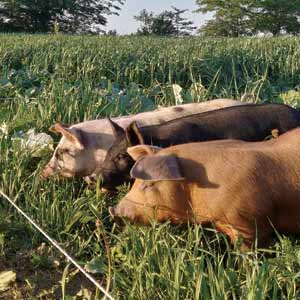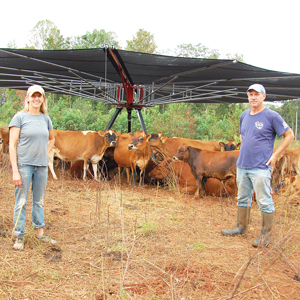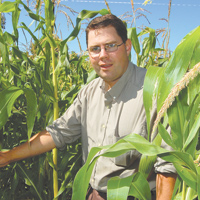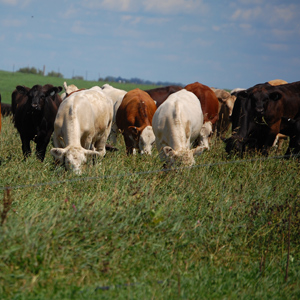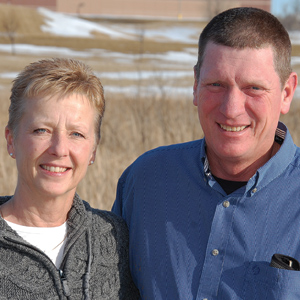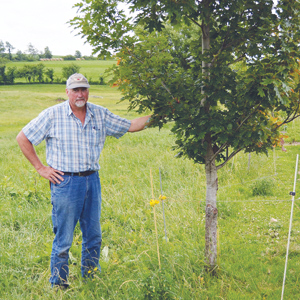By John and Holly Arbuckle
We consistently hear how pigs can’t be regenerative. We would edit that to say this: While pigs don’t fit into the regenerative equation as smoothly as ruminants, we can look for strategies to improve land, even with pigs.
When it comes to regenerative grazing, it is useful to look at how pigs compare and contrast to beef cows. Let’s contrast first:
• If you want pigs to grow at a reasonable rate, you’ll have to give them something other than just grass.
• If you want them to create positive animal impact on your cropland or pasture, you have to move more than just the fence.
This second topic is what we are talking about in this article.
Continue reading “How we regenerate soils with pigs”
